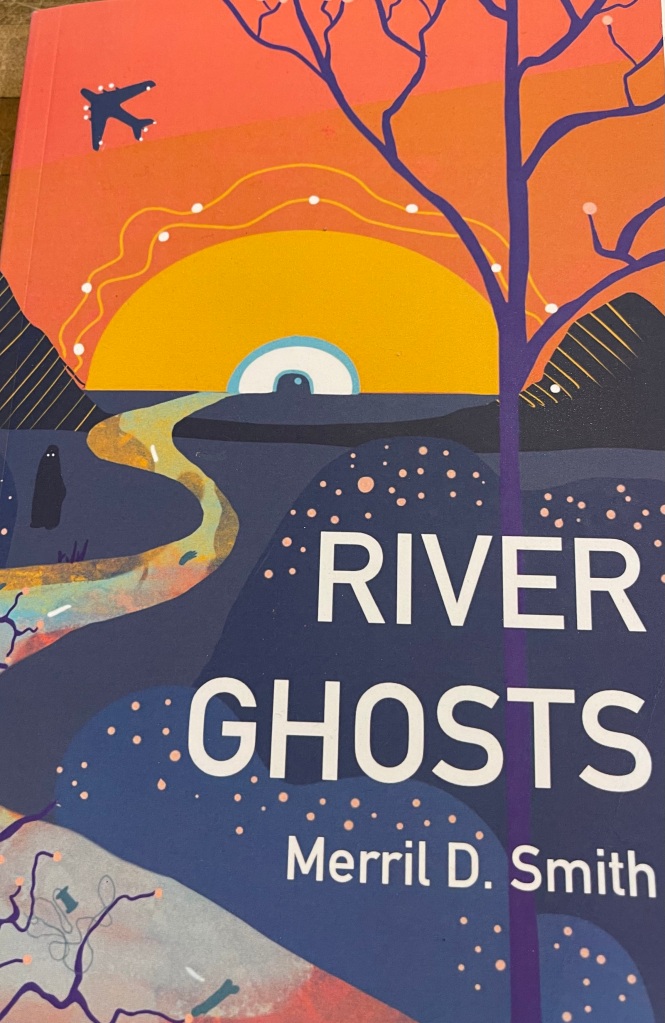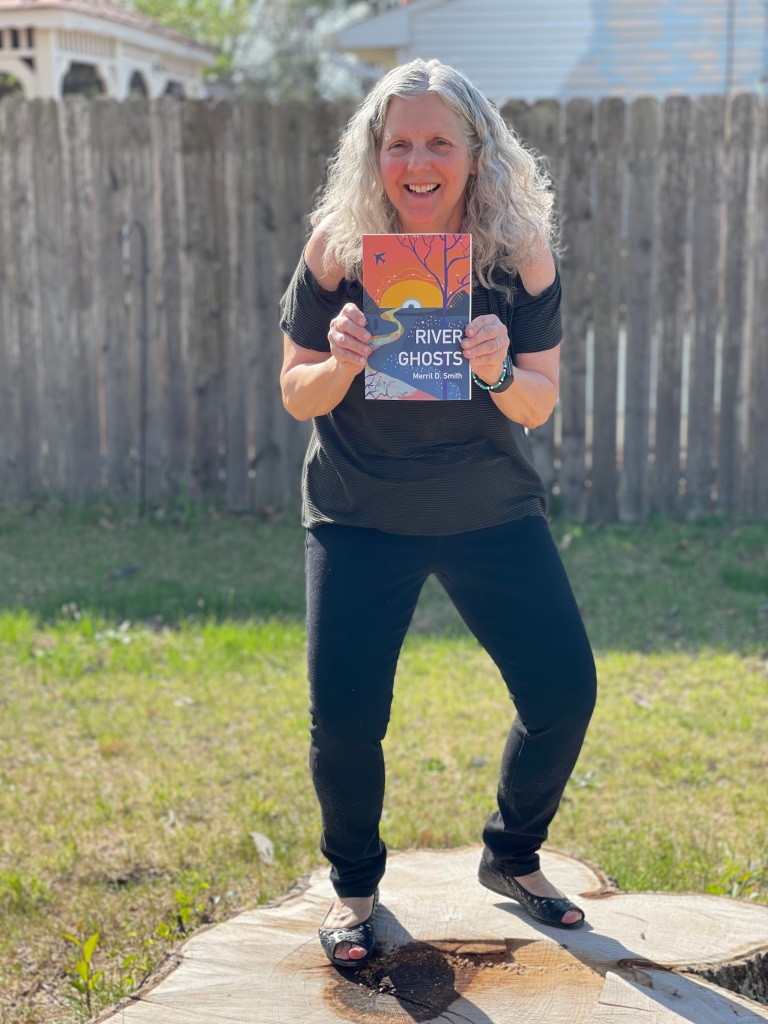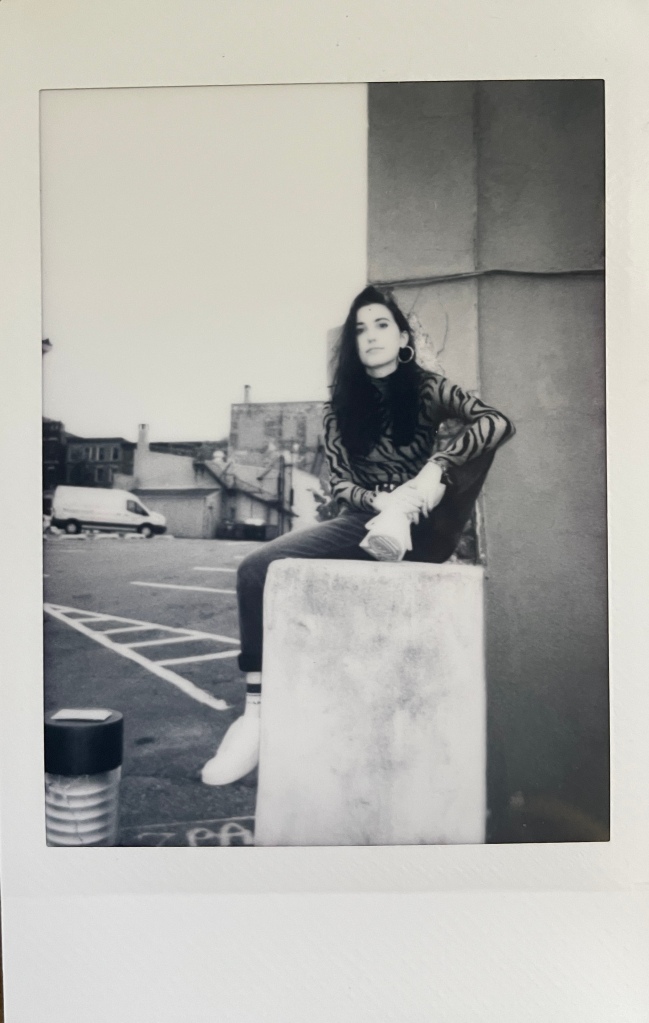Jane A. McNeil spent her childhood in St. Petersburg, Florida. After graduating from college, she moved to Philadelphia, PA. She and her husband of 28 years have two grown children and three dogs. She owned and operated a monogramming business, served on several boards, earned an MFA in Creative Writing, wrote and produced “Dishmans Springs” at Hedgerow Theatre in Rose Valley, PA, and mastered the sport of rowing at the age of 50. This is her first publication.
Jon Wilson was born in Scottsbluff, Nebraska and moved to St. Petersburg with his family in 1956. He worked for thirty-seven years as a reporter and editor for the St. Petersburg Evening Independent and the St. Petersburg Times (now the Tampa Bay Times.). After retiring from newspapers, he worked as Florida Humanities communications consultant for eleven years. Wilson holds master’s degrees in journalism studies and in liberal arts from the University of South Florida St. Petersburg. He is the author or co-author of four books about St. Petersburg, and in 2021 received a Key to the City from Mayor Rick Kriseman for inclusive chronicling of St . Petersburg history.
Links to Jon’s work:
Days of Fear (co-author Jane A. McNeil) https://www.amazon.com/Days-Fear-Lynching-St-Petersburg/dp/1940300738/ref=sr_1_2?crid=3GPIU67OK3YCT&keywords=jon+wilson+days+of+fear+paperback&qid=1691942104&s=digital-text&sprefix=jon+wilson+days+of+fear+paperback%2Cdigital-text%2C143&sr=1-2
The Golden Era in St. Petersburg: Postwar Prosperity in the Sunshine City https://www.amazon.com/Golden-Era-St-Petersburg-Prosperity-ebook/dp/B00XRFTO48?ref_=ast_author_dp
St. Petersburg’s Historic African American Neighborhoods (co-author Rosalie Peck) https://www.amazon.com/Petersburgs-Historic-African-American-Neighborhoods/dp/1540229157?ref_=ast_author_dp
St. Petersburg’s Historic 22nd Street South (co-author Rosalie Peck) https://www.amazon.com/Petersburgs-Historic-22nd-Street-South/dp/1596290838
Curtis Smith: Congratulations on Days of Fear: A Lynching in St. Petersburg. This was a horrible event. When did you become aware of it? Would it have been the type of thing one heard whispered about if they grew up in Florida?
Jon Wilson: I first became aware of it as a high school student reading a local history book. It contained just a brief mention of the event. I did not think of it seriously until many years later when I was taking a college course on race relations. My professor recommended I write a paper about the lynching. The paper turned into an article for the Tampa Bay History journal. Some 40 years later, Jane McNeil and I decided to collaborate on a book.
There were a number of lynchings throughout Florida and I doubt if this one gained particular attention statewide. However, St. Petersburg’s Black community certainly was aware of it, although the episode was not widely discussed. I would guess that fewer white people knew about it unless they were local history buffs. St. Petersburg experienced several growth spurts during the decades after 1914. New white people from the Northeast and Midwest moved in. Old-timers with local memories died away. The lynching became an obscure event to the extent that a high-ranking newspaper editor dismissed it as unfounded rumor.
Jane McNeil: Fifteen years ago, I rediscovered my mother’s play. When she died in 1981, I was almost 14 and aware of her writing but not of the contents of the play. Out of all my friends, she was the only mother I knew who had a home office. Finally, after I read a copy of her script in 2008, I learned for the first time about Edward and Mary Sherman, John Evans, and Ebenezer Tobin. These individuals and the lynching were never discussed in my classes in school. My parents did not discuss the subject of her play in front of me or my sister. In the 1970s, our neighborhood in St. Petersburg, Florida, consisted mainly of residents over 65. Religion was a part of everyone’s lives. Our town was considered the retirement capital of the United States. Murders, violence, and racial crimes existed elsewhere. We were a vacation destination, not a historical lynching site.
CS: Can you talk about the research this required? What sources did you use and how did you access them? Did anything in the search process surprise you?
JW: When I did the original paper, the research took weeks. It required combing the microfilm of at least four local newspapers and another in Camden, NJ. This was in the early 1980s, so a few old-timers remained who had memories of 1914 and were somewhat willing to talk about them. It was clear that the episode stood out in their minds, and apparently one interviewee was warned not to talk to me.
Jane McNeil conducted amazing research, using both archival and human resources. She built excellent profiles of the Shermans – the victims of the assault and murder that led to the lynching. She reconstructed their careers and detailed their years of travel around the country before they landed in St. Petersburg.
What surprised me was learning that the lynching was planned in secret by a committee of wealthy men. I had more or less assumed that an angry, racist mob acted on its own emotion-fueled volition, driven to extreme violence by the idea that a Black man had assaulted a white woman.
JM: My first inquiry began at the Pinellas County Courthouse in Clearwater, the county seat. I started in the archives and found the property deeds of the Shermans and the few friends who purchased the lots from them shortly before his murder. Since the county records did not date back to 1914 and no one in the courthouse seem to be able to tell me where they were located, I went online to dig further. Fortunately, the websites, Ancestry.com and Newspaper.com, were where I found a significant amount on the couple. On Ancestry.com, I gained access to federal censuses, city directories, and marriage records. From there, I found a wealth of information simply from tracking the couple’s movements from the directories. Edward was a traveling salesman who appeared in several different newspapers over three decades. Mary, on the other hand, was harder to find information on. Women were rarely mentioned in the paper unless they were prominent, notorious, or slain. By luck, Mary’s older sister married into a large family from the Pine Barrens. It was this relative that I had a hunch where to locate Mary’s photo album. This was the day I could barely breath when I emailed Jon with the incredible news. We not only had her entire album, we had her actual handwriting. Other sites, Familysearch.org, Myheritage.com and GeneologyBank.com were a big help as well. From a newspaper account, I discovered at the National Archives a file on Edward Sherman dating back to 1938. Inside the file, I found 11 documents, two of which were personal letters written by him when he attempted to apply for a position in the treasury department under President Harrison. The historical societies of Wildwood and Camden were quite helpful. There, I found archives I could never have uncovered online.
CS: This happened almost 110 years ago—but do you see the violence and social currents that fueled it as still part of our present-day life? If so, how?
JW: Fear, anger, resentment of government, and an unwillingness to let our system take its course still exist. Sometimes active protests and violence erupts. The 2021 assault on our Capitol is a case in point.
JM: In 2017, a group of white supremacists organized a march in Charlottesville, VA at the University of Virginia. A 32-year old woman protester was killed by a Neo Nazi who drove his car into the crowd. Earlier, on the same day, David Duke, a well-known white supremisist and Klansmen leader, had proudly proclaimed his support of President Donald Trump. Trump responded with condemnation of the march, but only days later, walked back his remarks by suggesting “there were very fine people, on both sides.” This is when I saw an eerie similarity to another President and his relationship with a hate group. On November 13, 1914, the front page of the Tampa Tribune reported the lynching of Mr. Evans. Next to it was an article from Washington (D.C.) regarding a meeting between the Black, Harvard-educated activist, Charles Monroe Trotter, and President Woodrow Wilson. Mr. Trotter had been invited to the Oval Office to state his concerns about the recent segregation of offices in Congress. President Wilson’s response to Mr. Trotter’s demands was to scold him for his tone and kick him out of the building. Less than a year later, the President invited D.W. Griffith to debut his film, A Birth of A Nation, at the White House. In the film, a black-faced white actor is depicted raping a white woman which emboldened the KKK to reorganize its base and recruit new members. Consequently, this decision would spawn decades of racially-motivated crimes and atrocities. If history tells us anything, it is has a nasty habit of repeating itself.
CS: How was the co-authoring experience? How did you tackle the project? Did you plan it out first and then divide the labor? If so, how did you bring it all together in the finished product?
JW: The co-authoring experience went very smoothly. Jane and I didn’t really have a formally outlined plan, although we knew what we wanted to cover. Much of the time Jane would uncover great information and write it up. I would then try to meld it into our narrative with the aim of keeping a consistent style and voice throughout.
JM: Co-authoring was unusual for me. From the start, though, Jon was the lead author. Halfway through the book, he asked me if I wanted to co-author because of the amount of my research. This was quite generous since I felt I did not contribute to the writing other than the epilogue. Jon is the only other person on earth I know who knew the story as well as I did and was committed to telling it.
CS: What do you hope your readers will take from reading this book.
I want readers to see that St. Peterburg’s history is not just one of sunshine and rainbows. It has a darker side that is not pleasant, but that is important to consider. Those days of fear in 1914 demonstrate how anger and hate can get out of control and produce tragic results, even in what seems to be a tranquil city. In 2023, we are a partisan and divided nation. Some people talk of “civil war.” I hope a book such as ours can play a small part in causing would-be insurrectionists or vigilantes to step away from their violent fantasies.
JM: If anything, I want our readers to be able to see the similarities between today’s social media and the yellow journalism of the day that promoted racist and inflammatory articles. The only white owned-newspaper reporters in 1914 were white men. The owners of these publications had no accountability when it came to sensationalized reporting and the harm it inflicted on the Black and Brown communities. Today, we still see the familiar “dog whistles” from certain news websites and cable news aimed toward the white supremist community. Lastly, I hope students and readers will be inspired to tell more stories from the past that were intentionally forgotten or purposely buried. Because if we don’t expose our historical wrongs, how will future generations learn to prevent the same atrocities from happening again?







